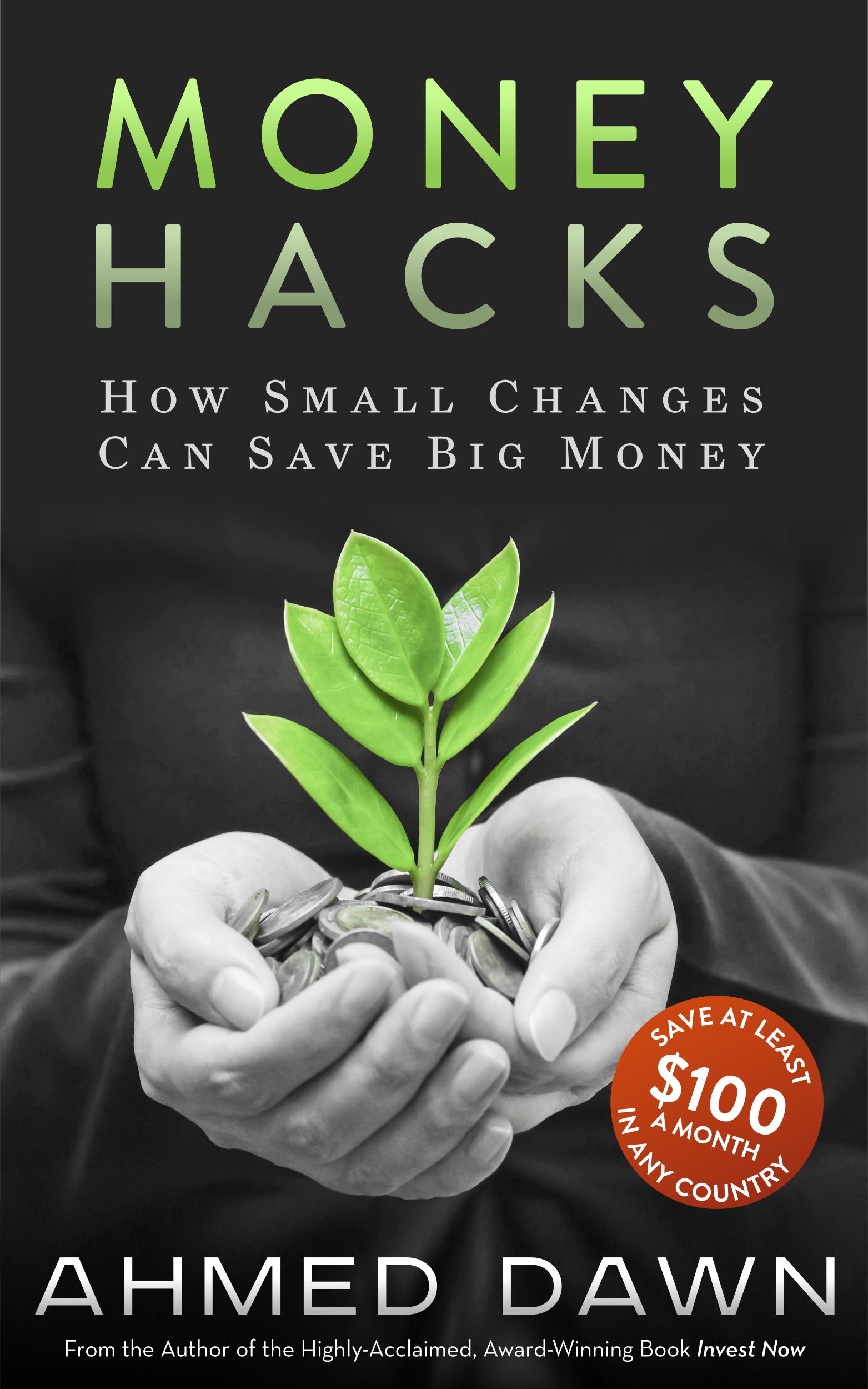What To Buy and What Not To Buy At Dollar Stores
/How to Shop at Dollar Stores
First Published Date: October 30, 2016
I still remember that day when I first found out that I was paying ten times or more for the same item at a regular retail store than a dollar store. It was a plastic shower curtain. I bought it somewhere for $10, and then accidentally I found out that the dollar store located next to the other store had the same item for $1. Since then, whenever I need to buy something and I doubt that there is a possibility that this product will be available at a dollar store, and it is not on my not-to-buy-at-dollar-store list, I check at a dollar store first. Today, I will go over some items I consider buying and some items I would never buy at dollar stores.
Author/Copyright: Ahmed Dawn www.adawnjournal.com
What Not to Buy
Do not buy any food items, drinks, soap, can food and vegetables, shampoos, baby food, toothpaste, shaving products, lotions, razor, sanitary pads, pregnancy test tools, vitamins, pills, school supplies, pens, perfumes, and so on. You should be very cautious about buying anything you eat, drink, or put on your skin from dollar stores. The quality of these products usually is very low and you don’t want to jeopardize your health in the short or long term to save a few bucks. There is no way to know what they put in these in factories in China.
What to Buy
You can buy items like cleaning products, decoration products, kitchen products, disposable items, greeting cards, small tools, craft items, and so on. You will have a good idea of what types of items can be bought at dollar stores after going through what I mentioned. Items that have no direct relation to your health, consumptions, contact with skin, etc. can be bought at dollar stores.
What to Try
There are some items at dollar stores that you can try to check if these are worth buying later on. Some of these items are toys, educational supplies, pet toys, and so on.
Dollar stores give you the opportunity to save some money. However, money can be totally wasted too if you don’t shop smartly at dollar stores.









